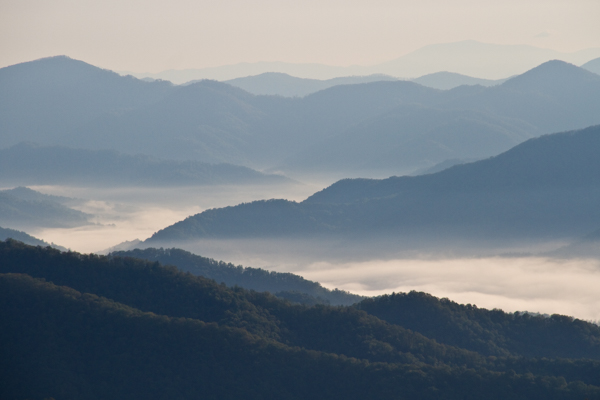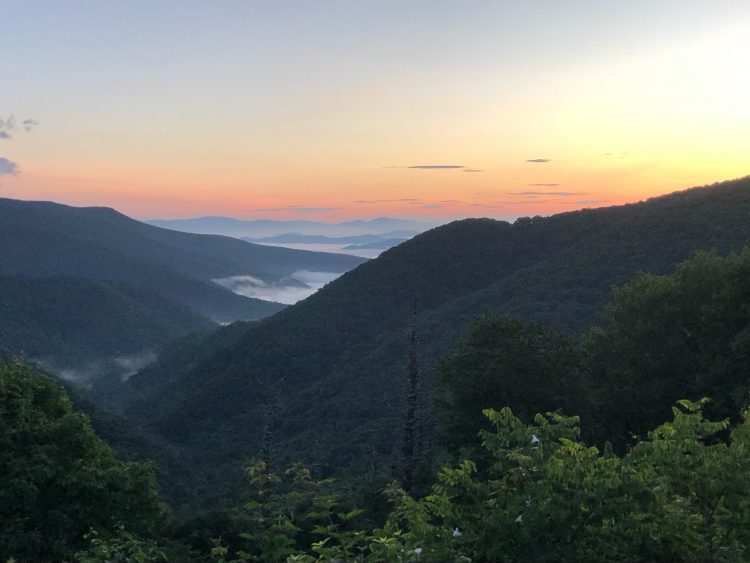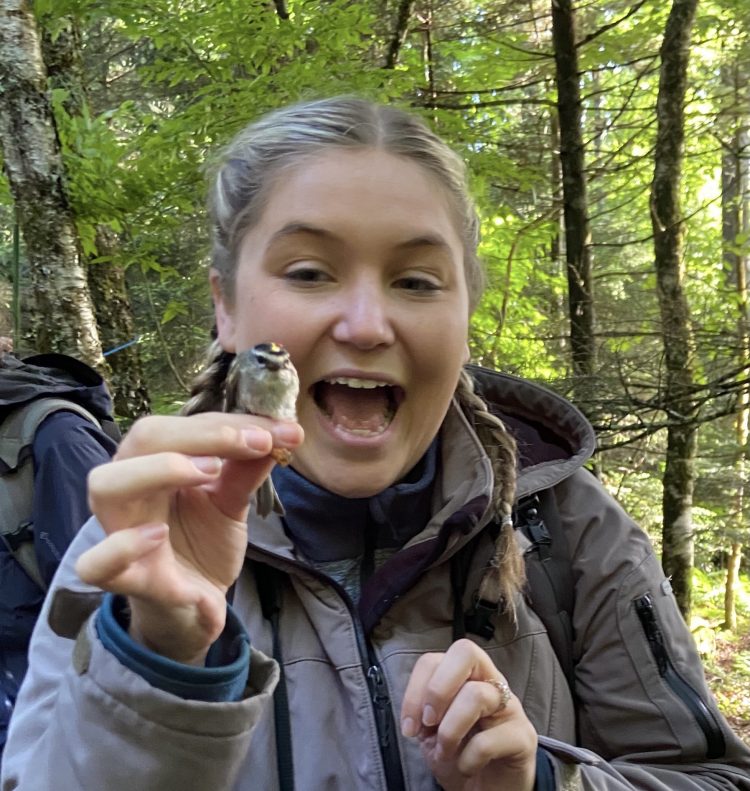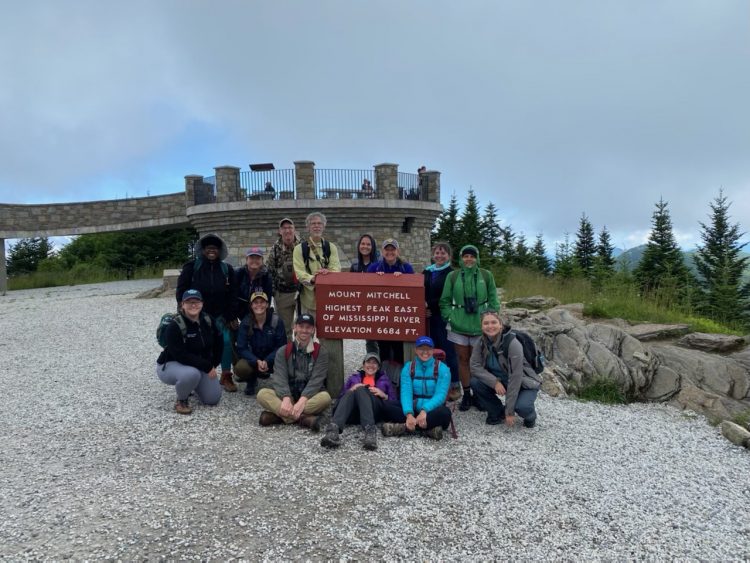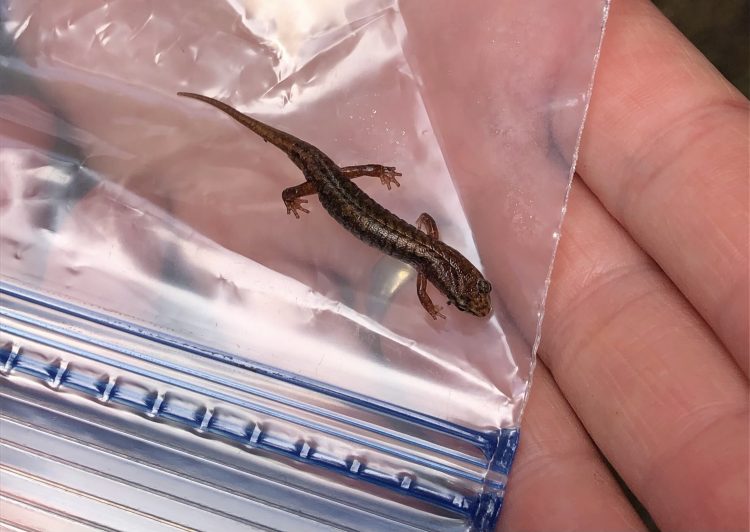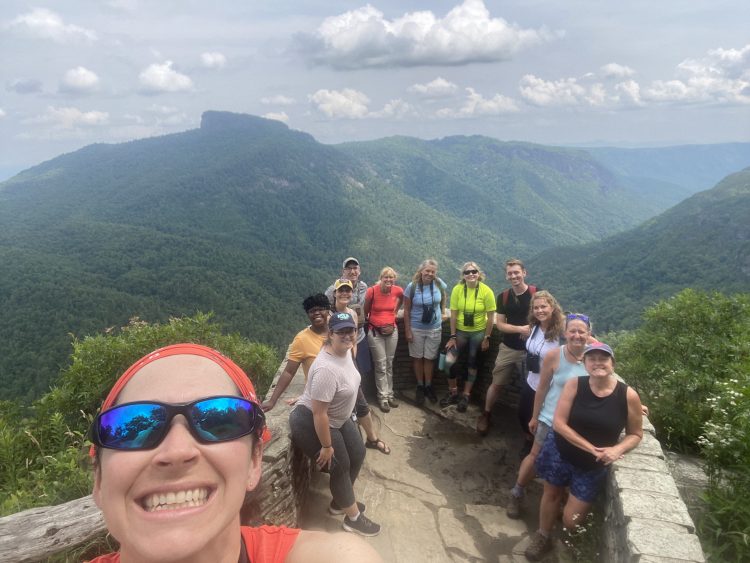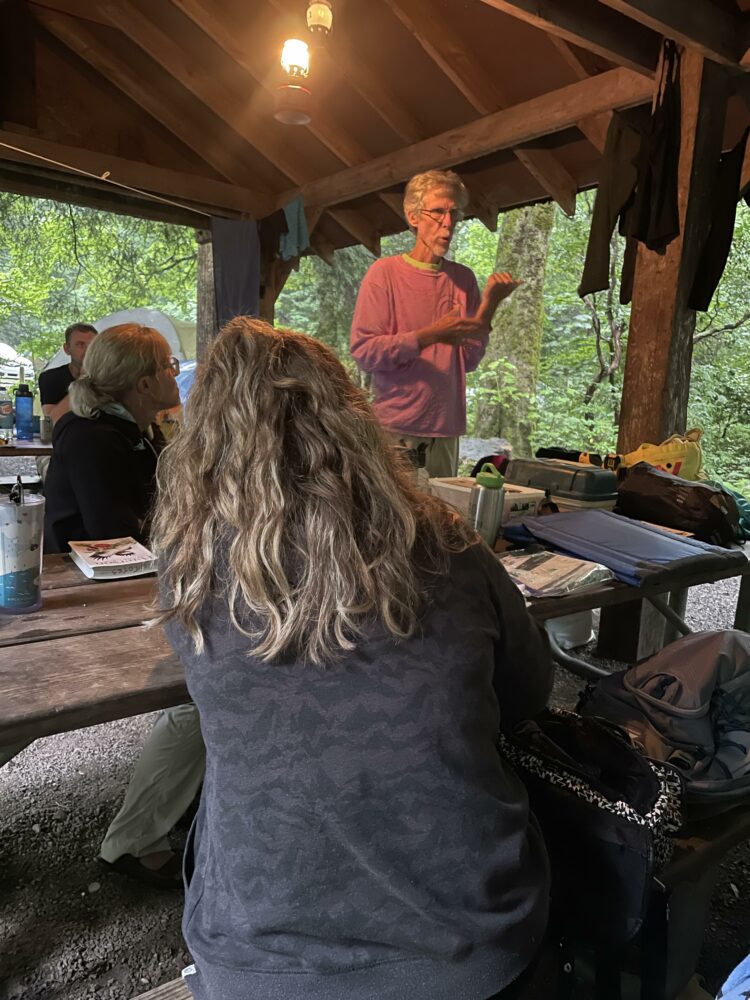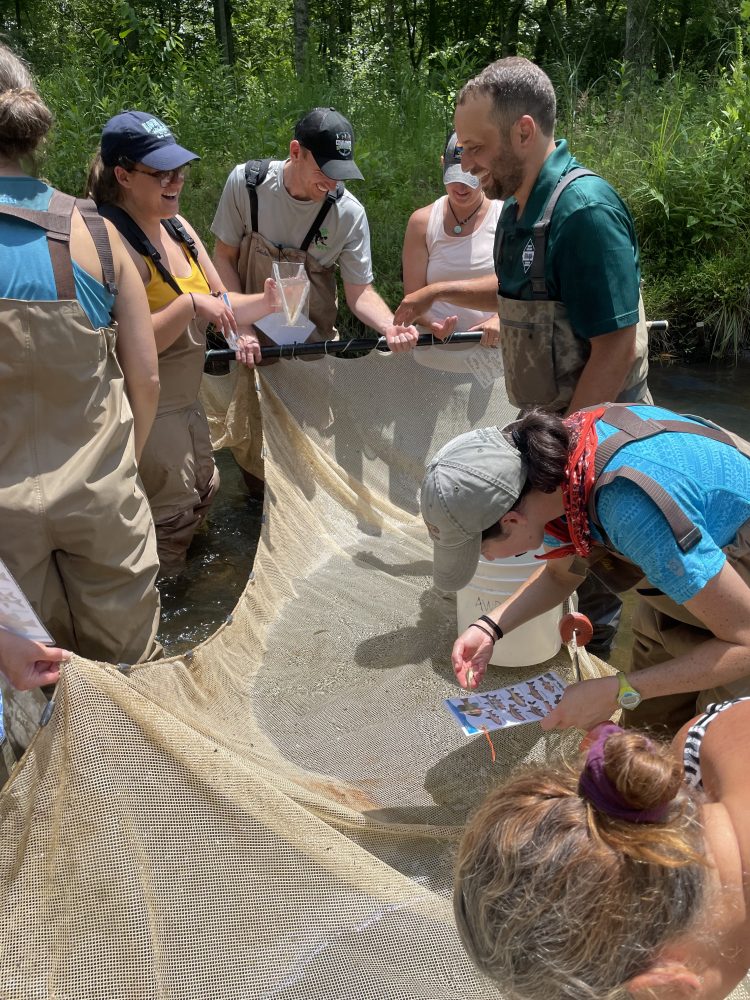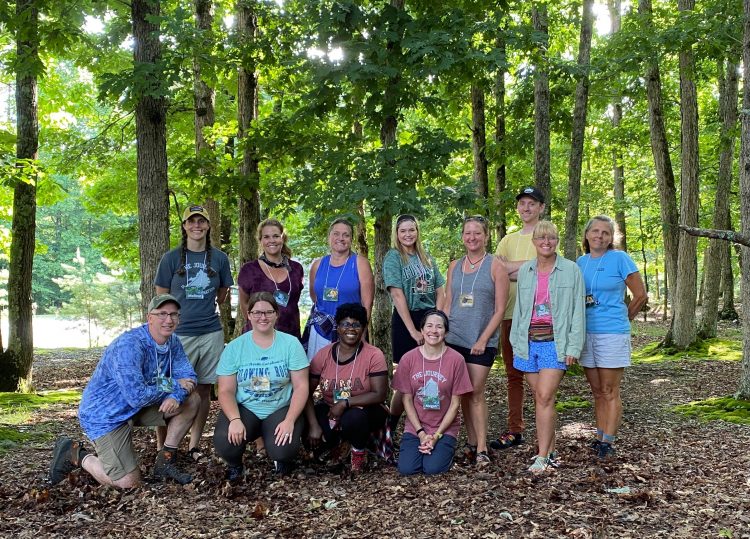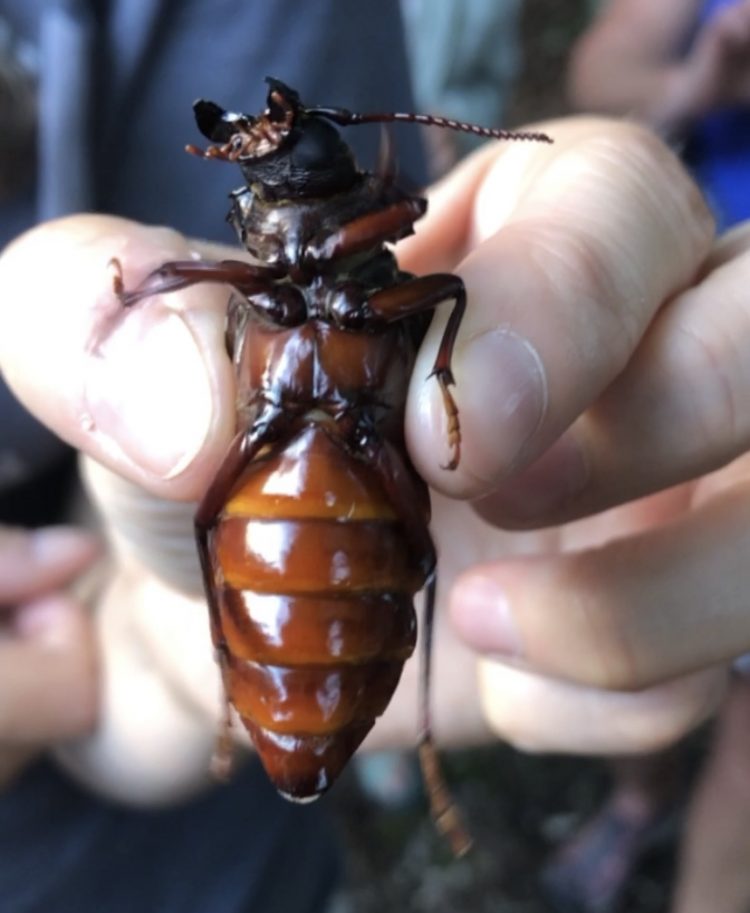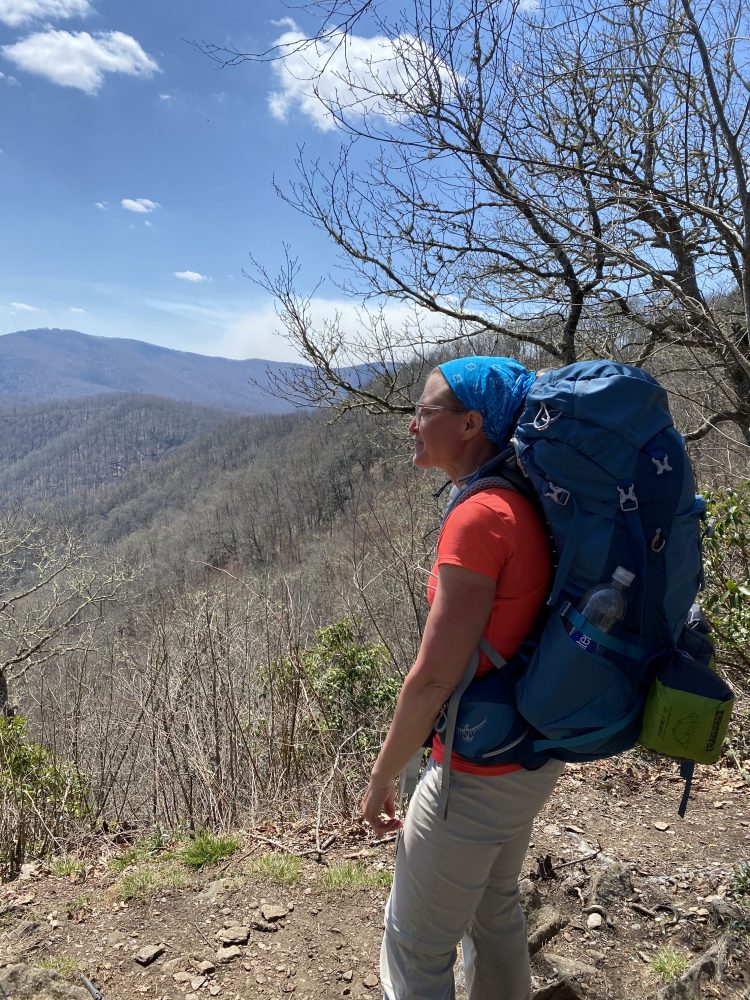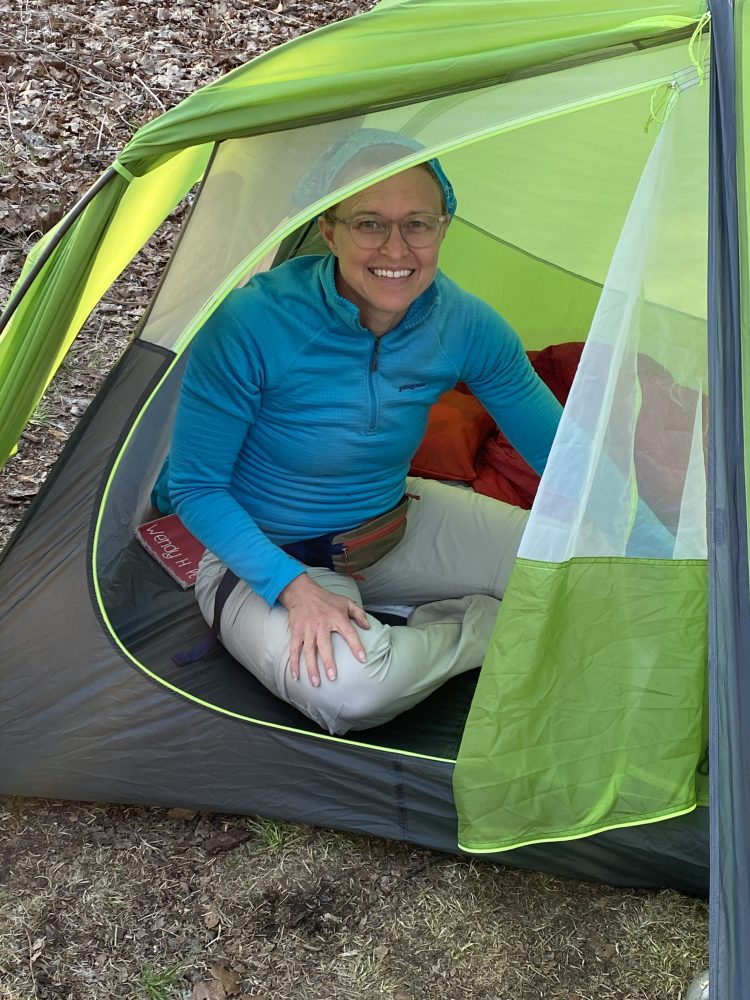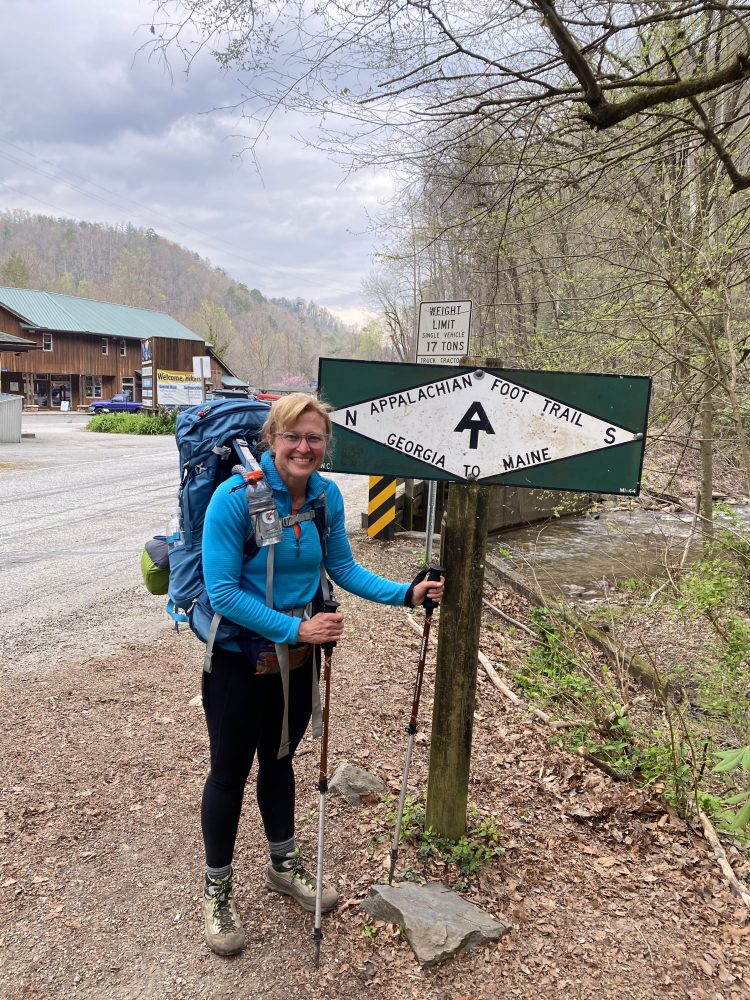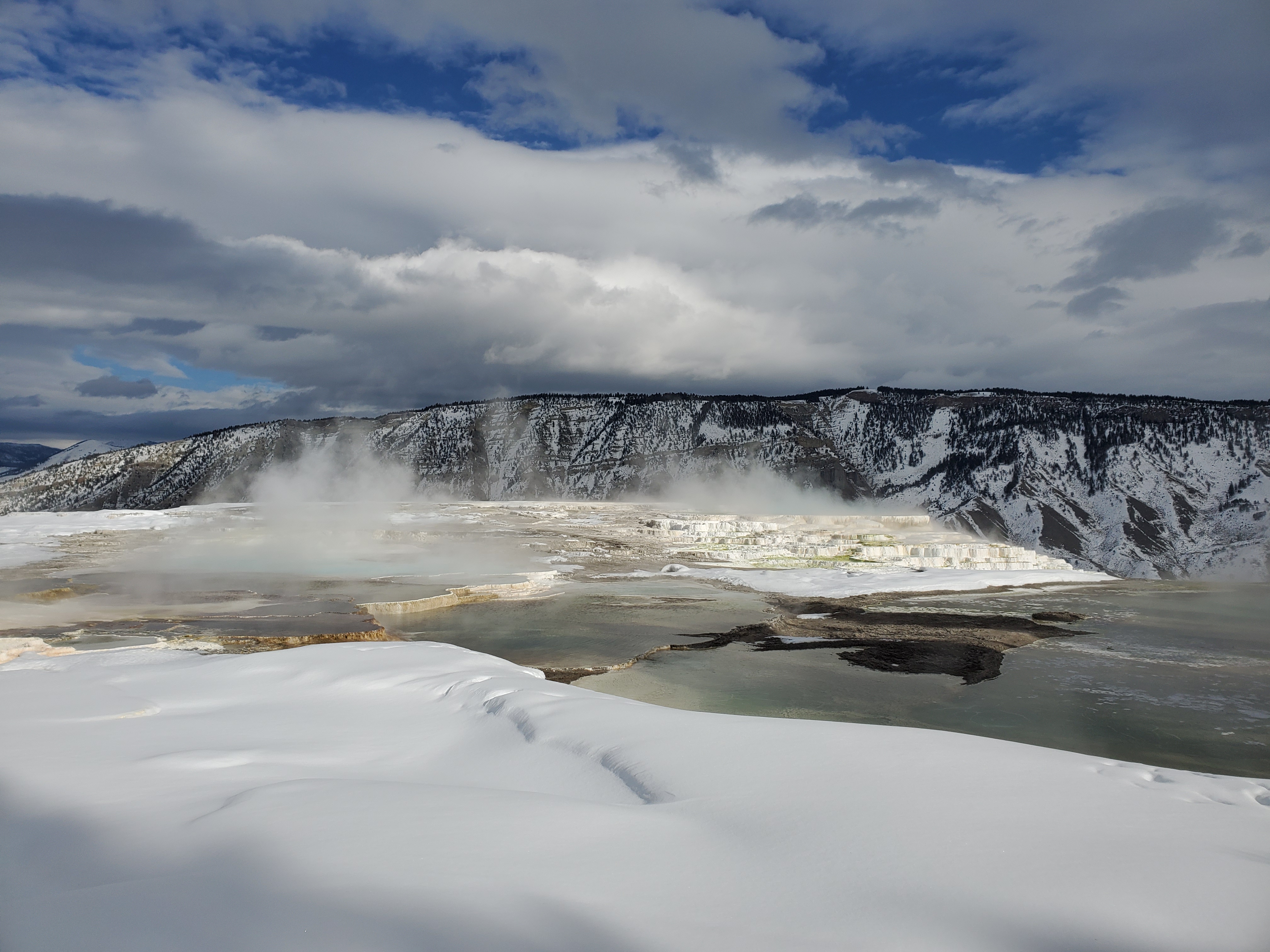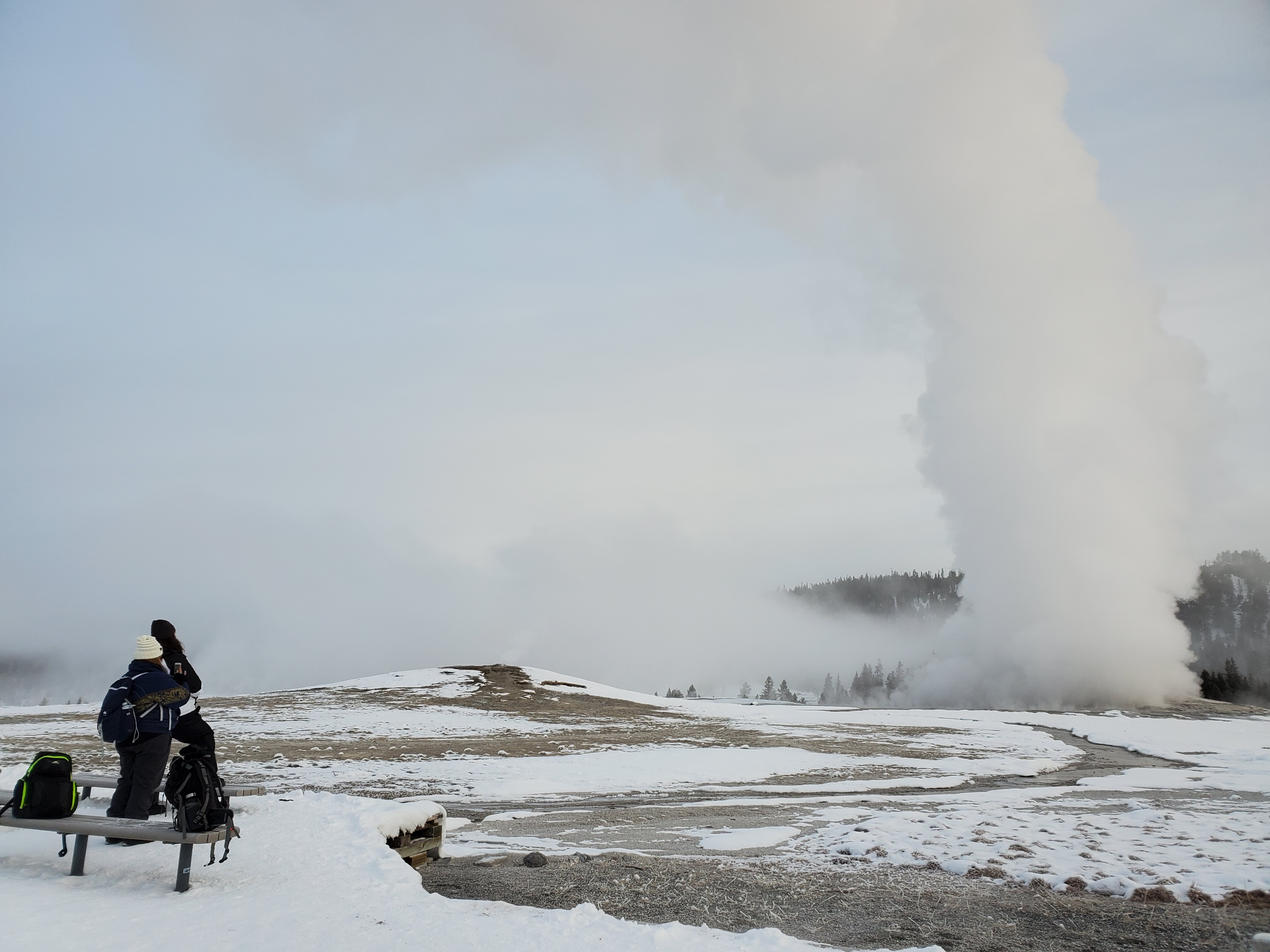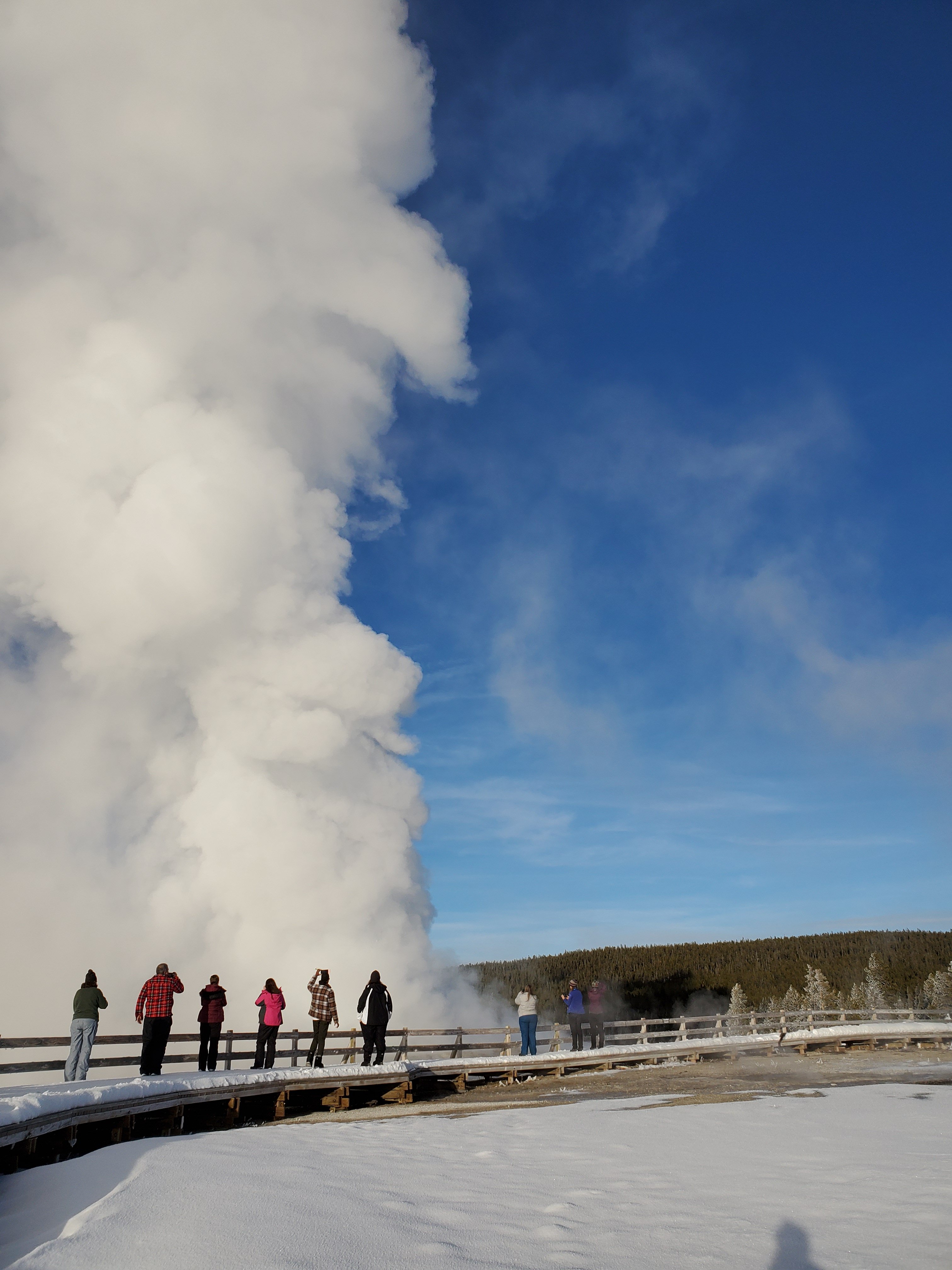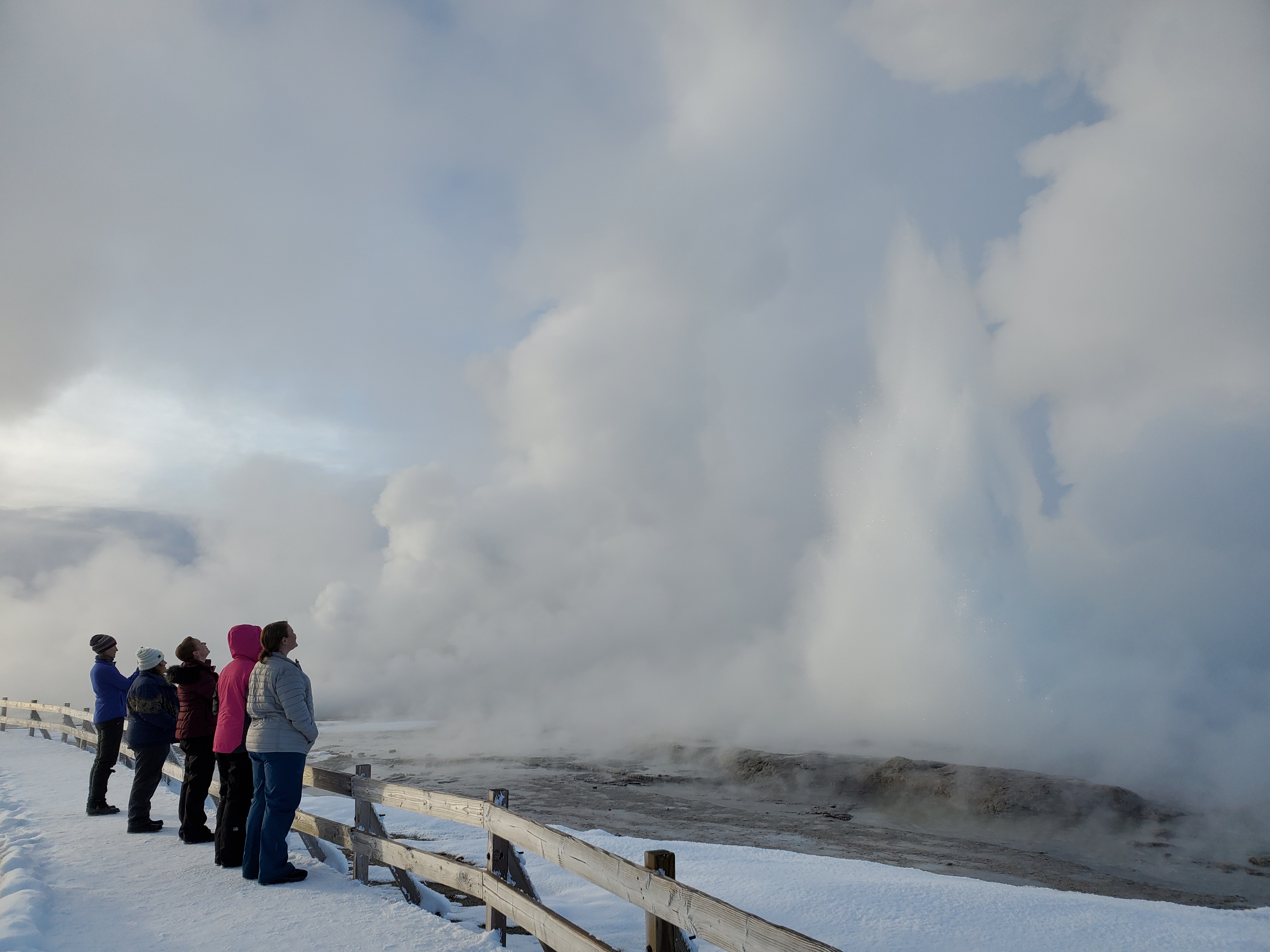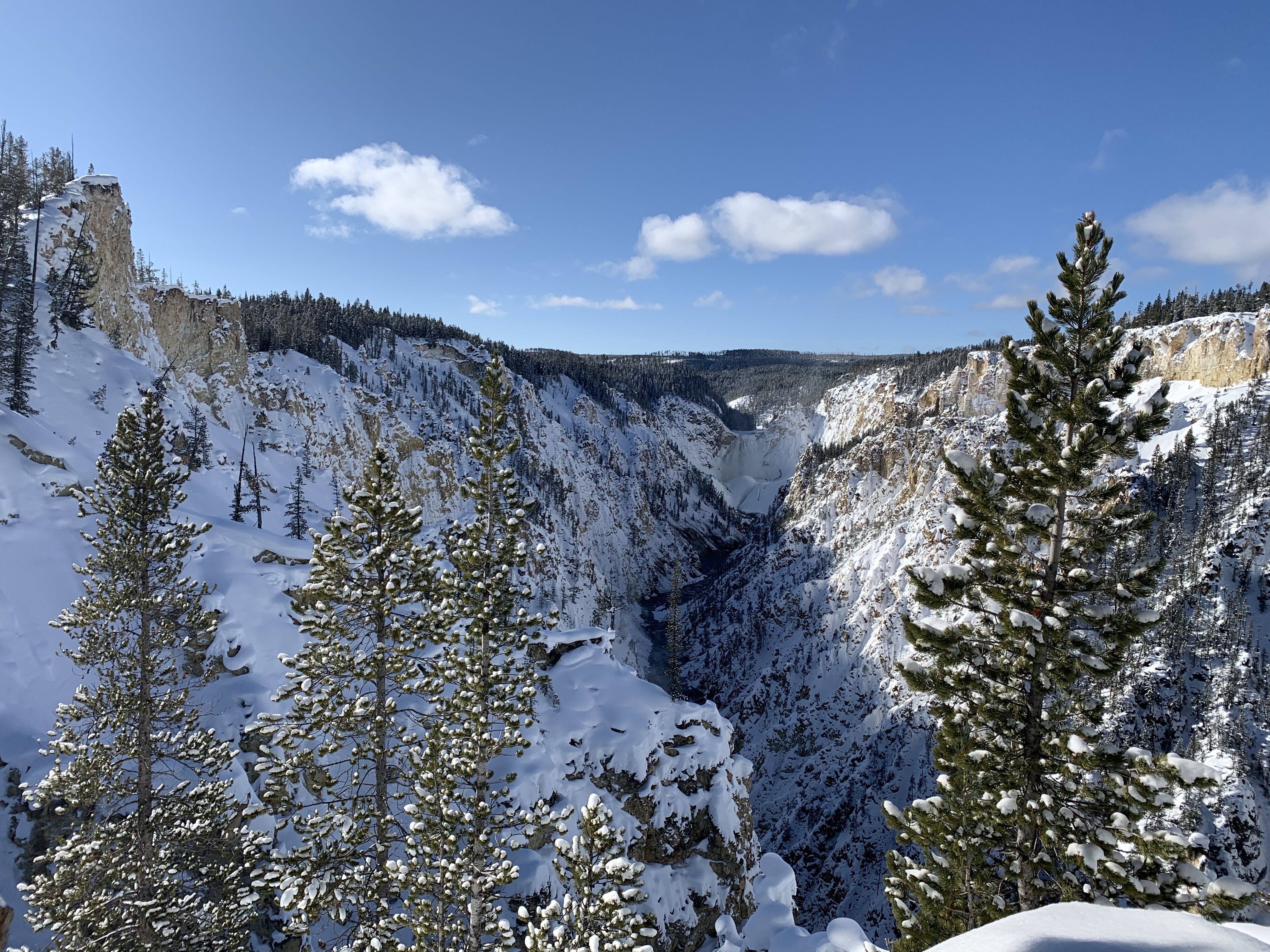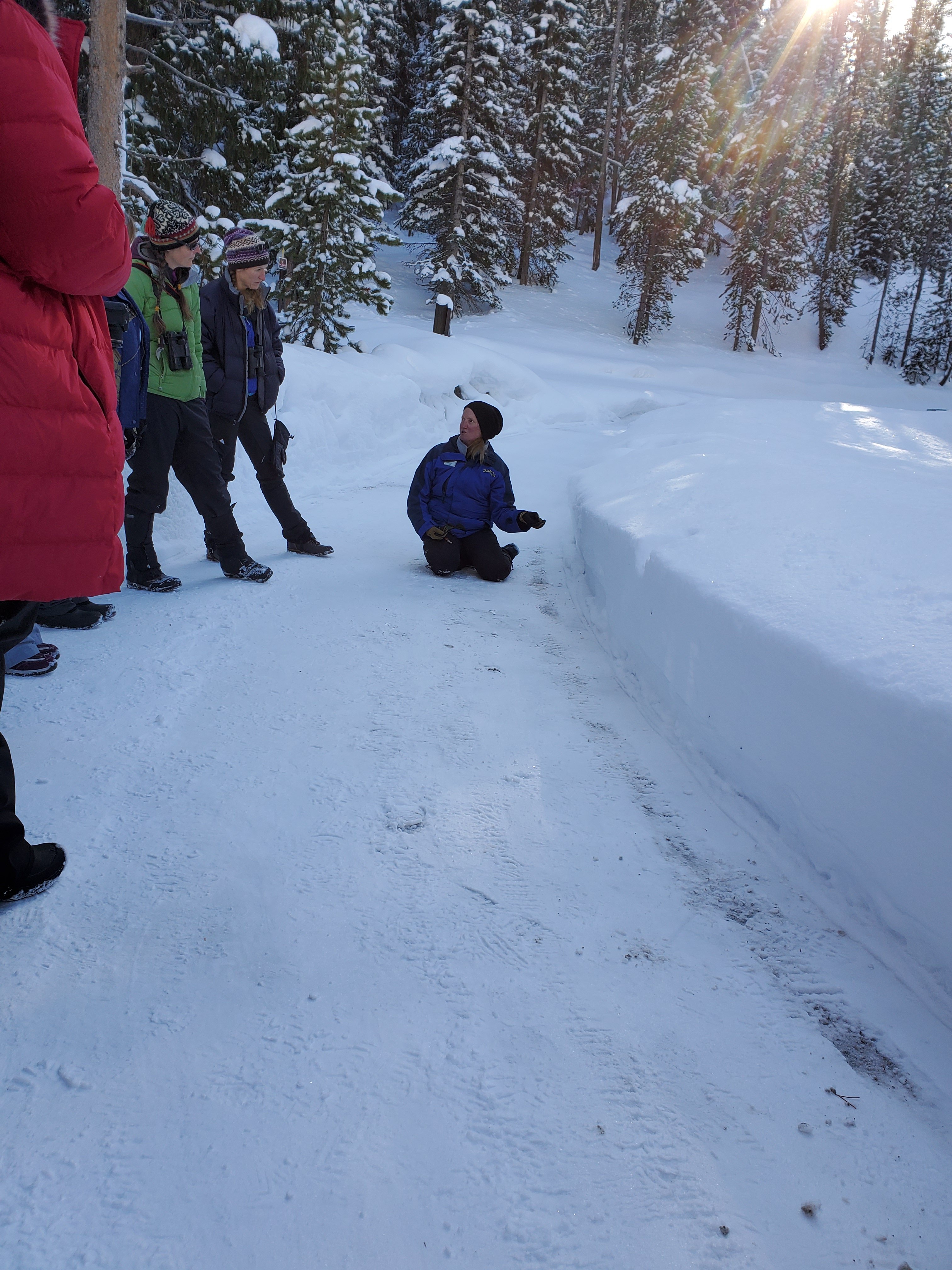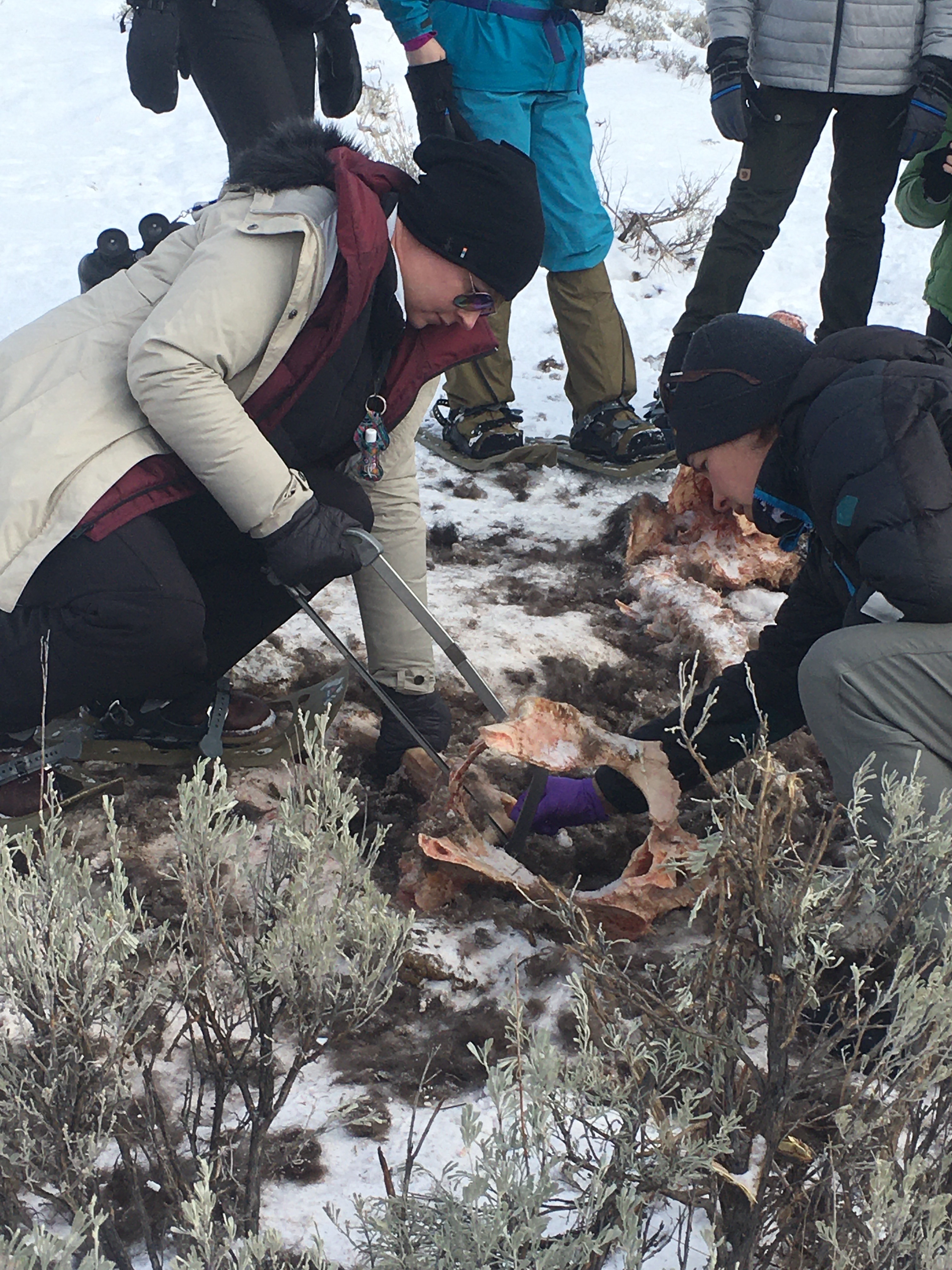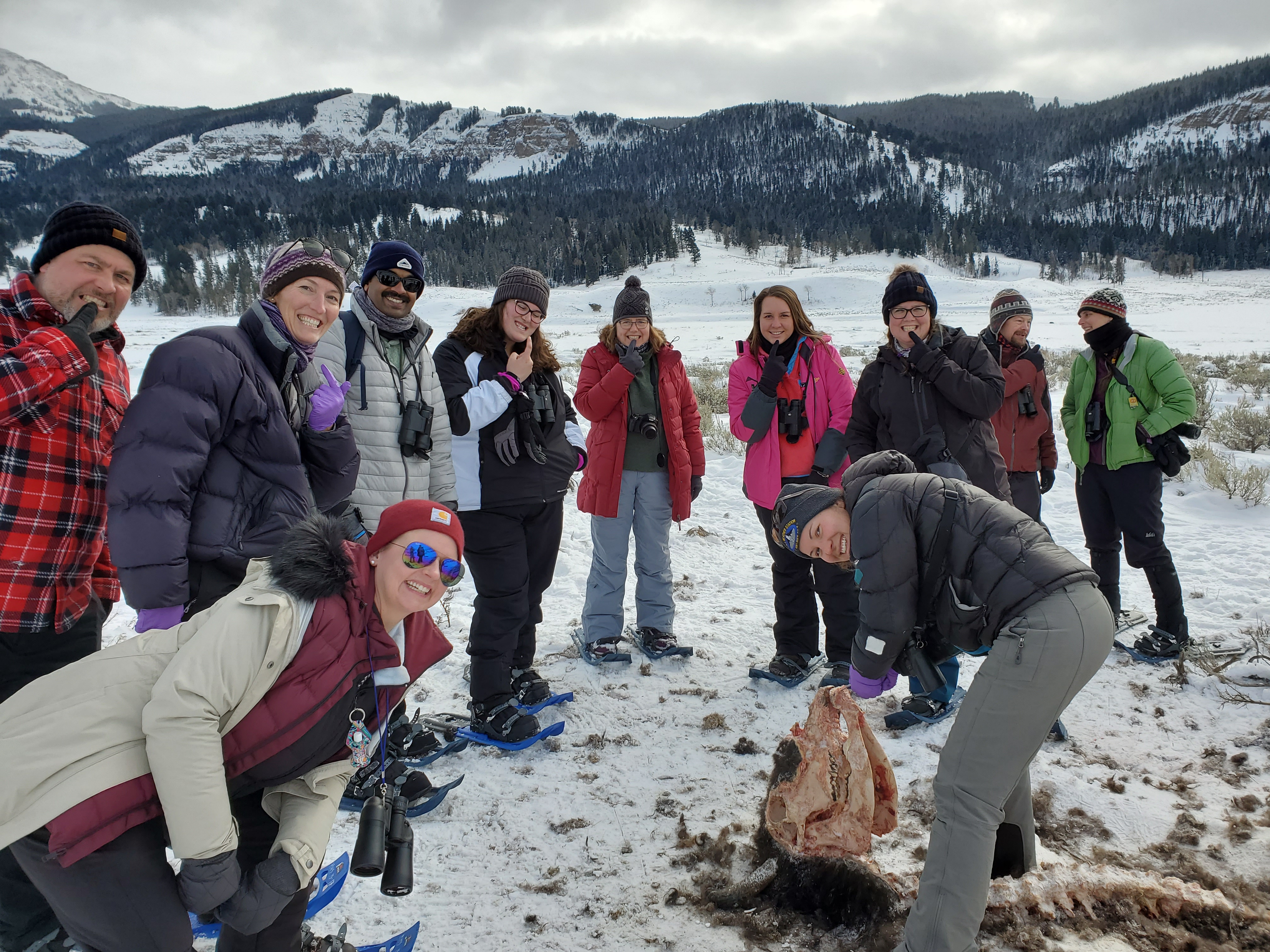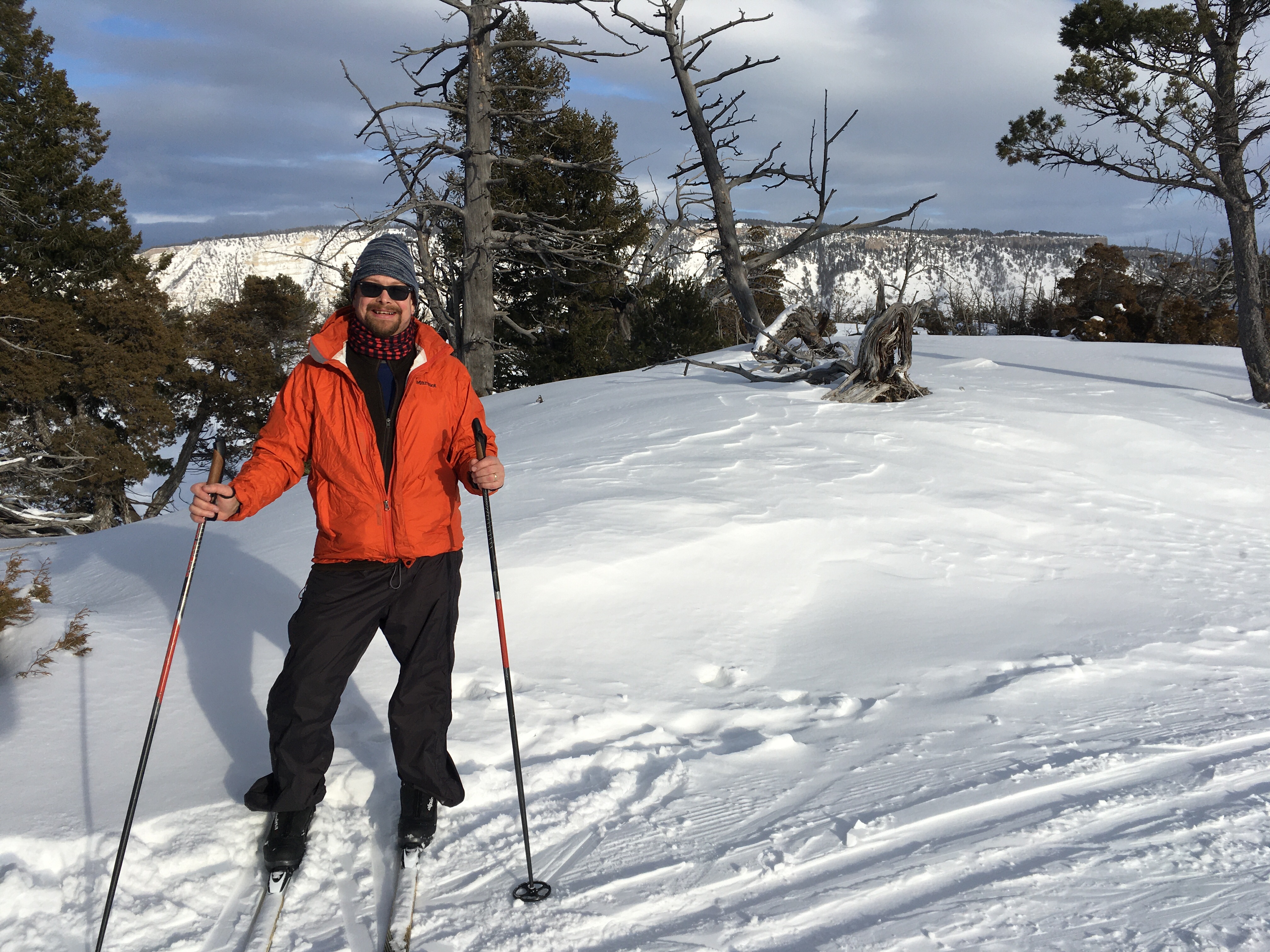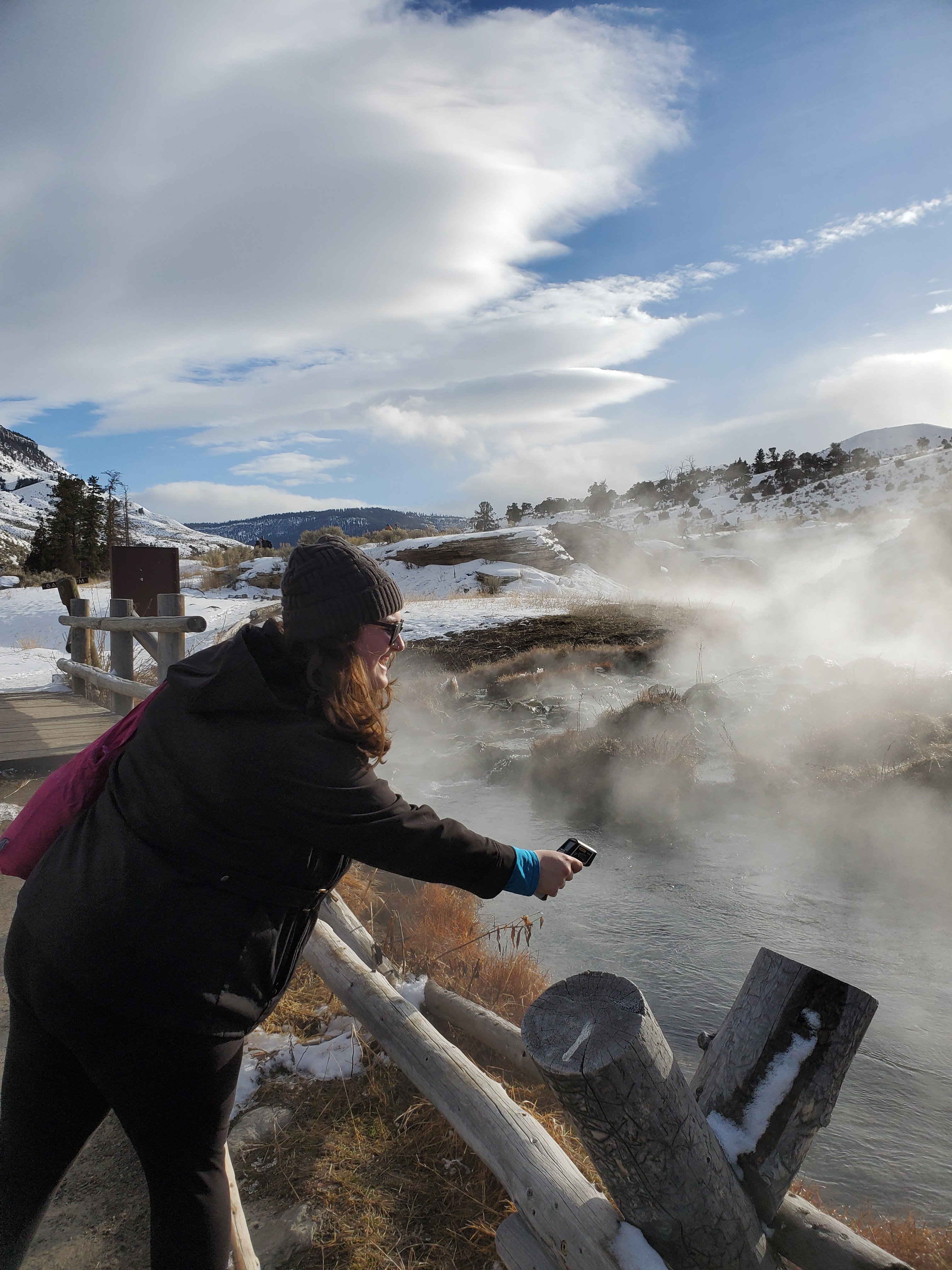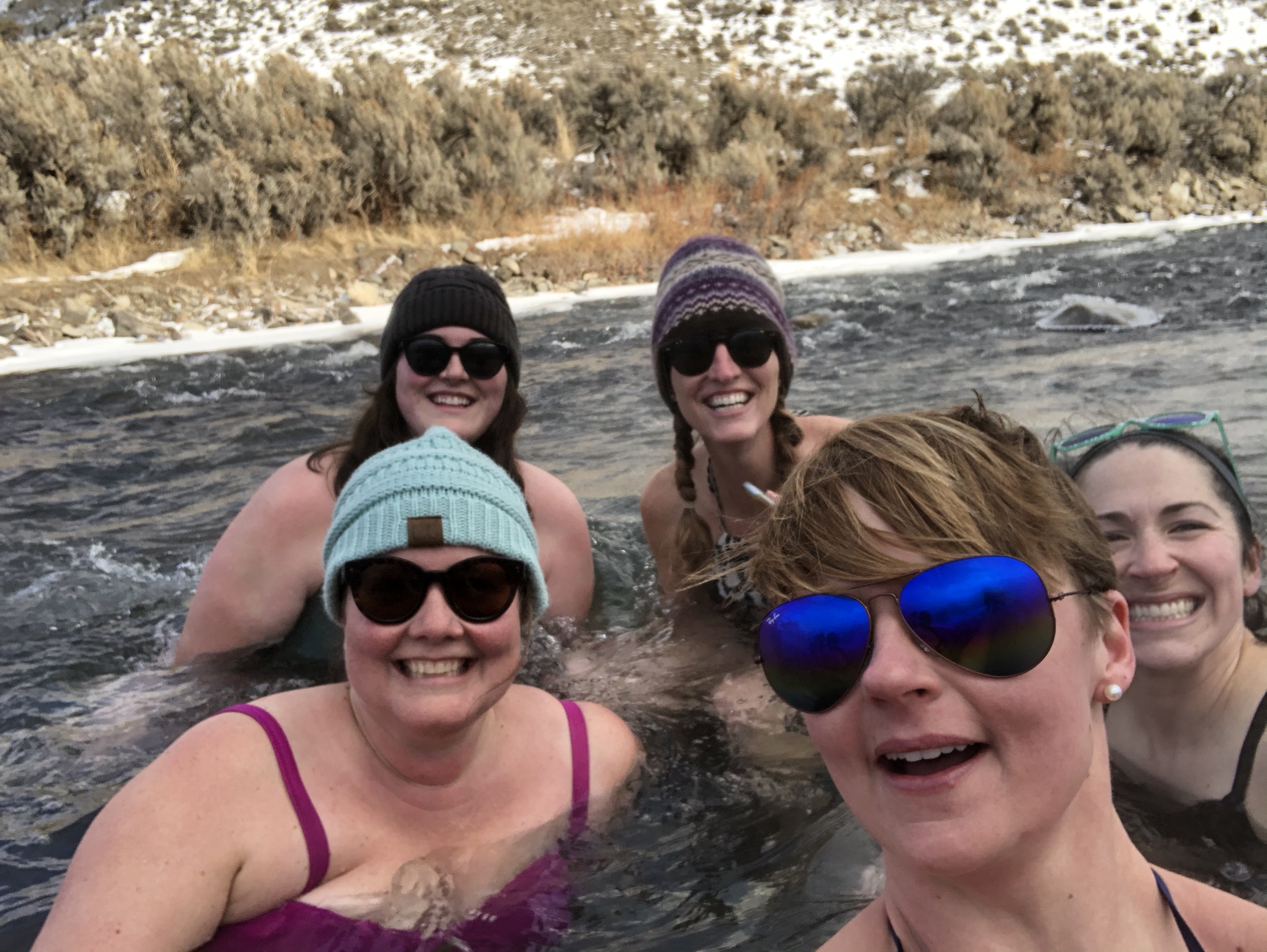“Obey Your Way”
July 12, 2021 - 2 Comments
“Obey your way” – Dr. Mildred Barya
The team packed up camp at Briar Bottom and headed along the Blue Ridge Parkway towards Asheville for a day at the NC Arboretum. Arboretum educator Michelle Pearce spent a few hours with us sharing about Citizen Science. Our view of what we experience in the natural world expanded from our own perspective to the greater world and a bigger picture where all can contribute to the scientific community thanks to technology. She also gave us a tour of the gardens and engaged the group in activities that we can transfer to our classroom.
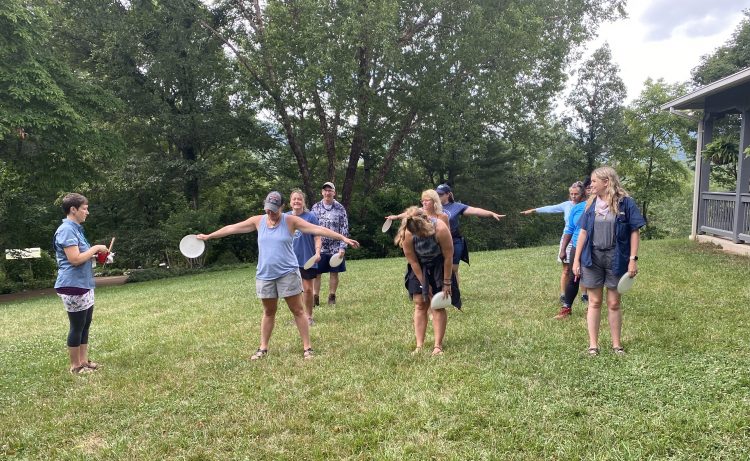
A tree growth game we played with Michelle
We enjoyed a catered lunch on the patio at the education center and then had a delightful afternoon with Dr. Mildred Barya, a professor at UNC Asheville who shared her gift of poetry with our team. She beautifully led us through a process of engaging our senses in order to create an original poem true to ourselves. Her approach was surprisingly personal to each team member and we were all moved and inspired by the experience.
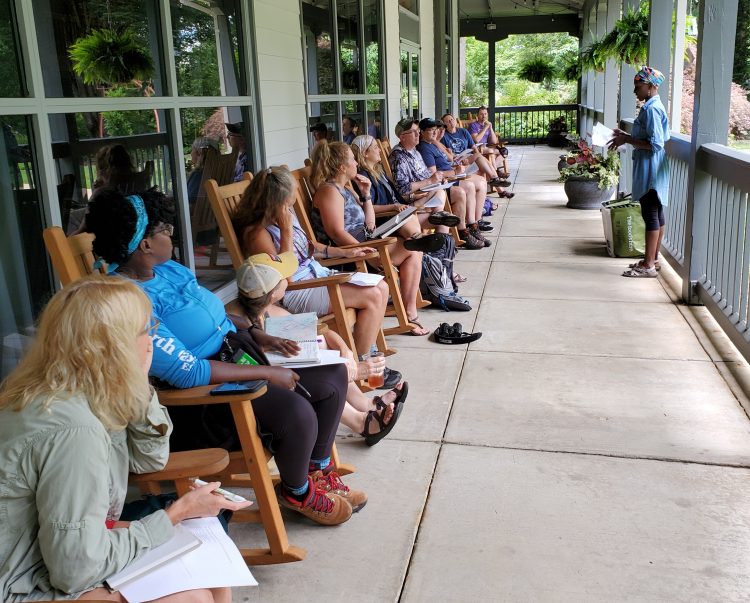
Dr. Mildred Barya (UNC Asheville) leads us in a creative writing exercise
We traveled on to Mount Pisgah campground and set up our tents right before the rain. We shared dinner together and then had our evening meeting. As we talked, we were in agreement that the group has been wonderfully cohesive and each person has been willing and able to personally share themselves in a meaningful way. We were twelve strangers from across the state just a few days ago. But with our love of learning and the outdoors connecting us, we have found lots of fun and also refreshment for the soul. We will go into the next school year as different educators because of this experience. It is a unique week and we are all privileged to be a part of it.
The blog title for the day is “Obey your way,” a quote from Mildred. She was directly speaking about us developing our poems that we wrote this afternoon. However, this evening we all agreed that this is a fantastic motto for each of us personally. We all have our different teaching styles and we need to be true to how we educate scholars best.

Our view at sunset from the Pisgah Inn



